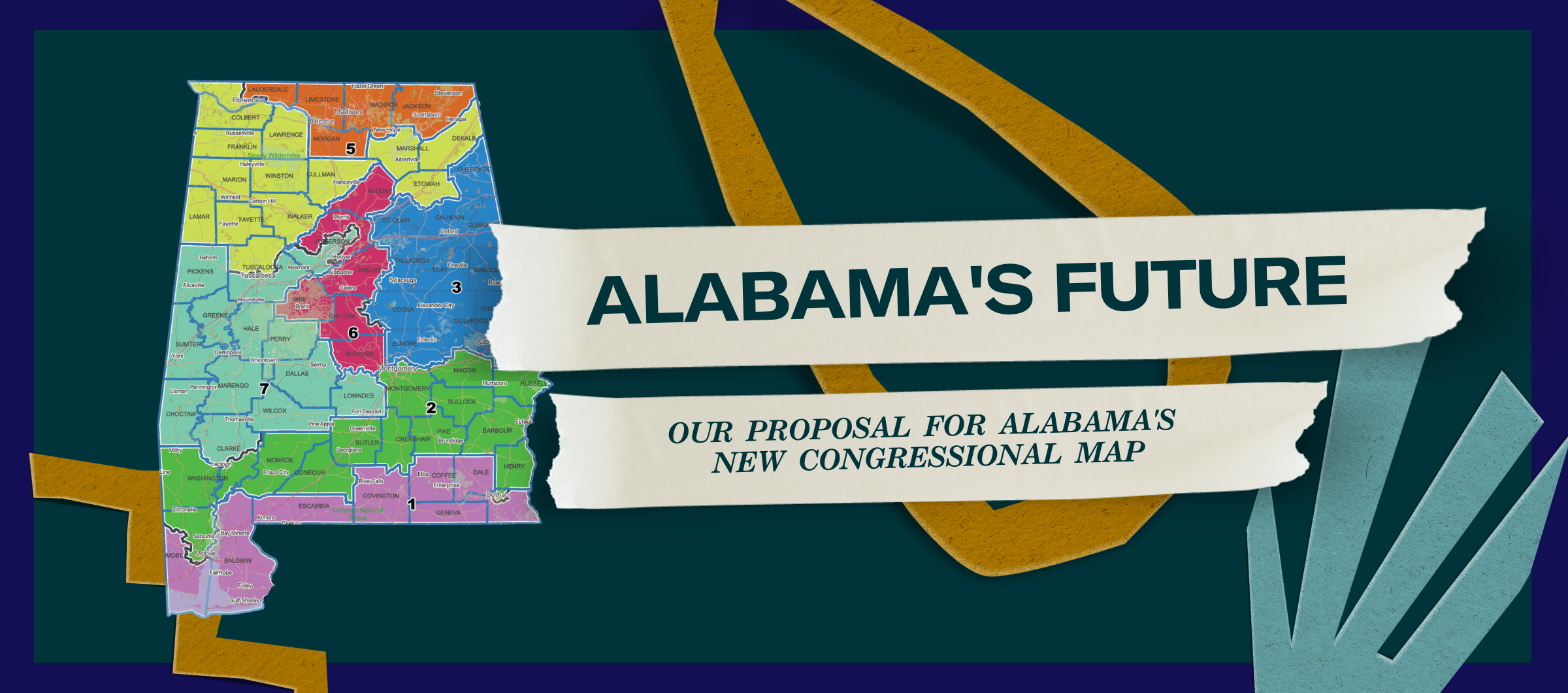The proposal includes district lines that are fair and provide the best opportunity for Black voters to select the candidates of their choice.
This week, the Alabama legislature will start the process of bringing Alabama’s congressional districts in line with the Constitution and the U.S. Supreme Court’s order to create a congressional map that reflects Alabama’s growing minority population. This will be a fast-moving process. The state has less than one month to draw new districts, which will require a special session of the legislature to meet.
We, along with the plaintiffs we represented in Milligan v. Allen, have proposed a map that would give more Black voters a real opportunity to elect congressional candidates of their choosing.
Lawmakers from the State House and Senate will hold public hearings on June 27 and July 13 to listen to feedback about what priorities the new map needs to reflect. However, to be clear, the most important consensus lawmakers should reach is the creation of two consistently performing majority-Black districts. This means the voting-age population of two of the seven districts should be at least 50 percent Black.
If lawmakers do not approve a map aligned with the Supreme Court’s affirmation of the three-judge panel, that panel is prepared to appoint a special master to draw constitutional district lines.
Our recommended map leaves Congressional Districts 4 and 5, currently represented by Robert Aderholt and Dale Strong, as they are. It makes minimal changes to Districts 3 (Mike Rogers) and 6 (Gary Palmer) and modest changes to District 7 (Terri Sewell), specifically reducing the packing in that District. Districts 1 and 2, represented by Jerry Carl and Barry Moore, are impacted the most, connecting the City of Mobile with parts of the Black Belt in order to reflect the historically significant common interests of Mobile and it’s connection to the Black Belt. Our map keeps the 18 core counties of the Black Belt together.
Our recommendations meet the requirements we successfully argued before the three-judge panel—as affirmed by the Supreme Court. The proposed map cures the state’s blatant violation of the Voting Rights Act.
This is a pivotal moment in our nation’s history to rectify congressional maps that did not fairly represent Black and brown communities. Below is our official map recommendation and joint letter with the NAACP’s Legal Defense Fund.




